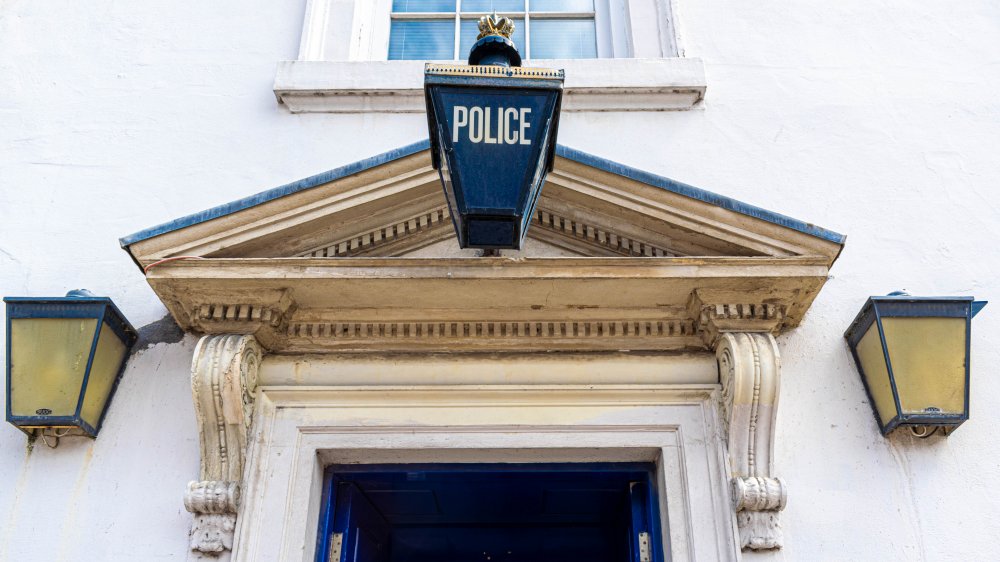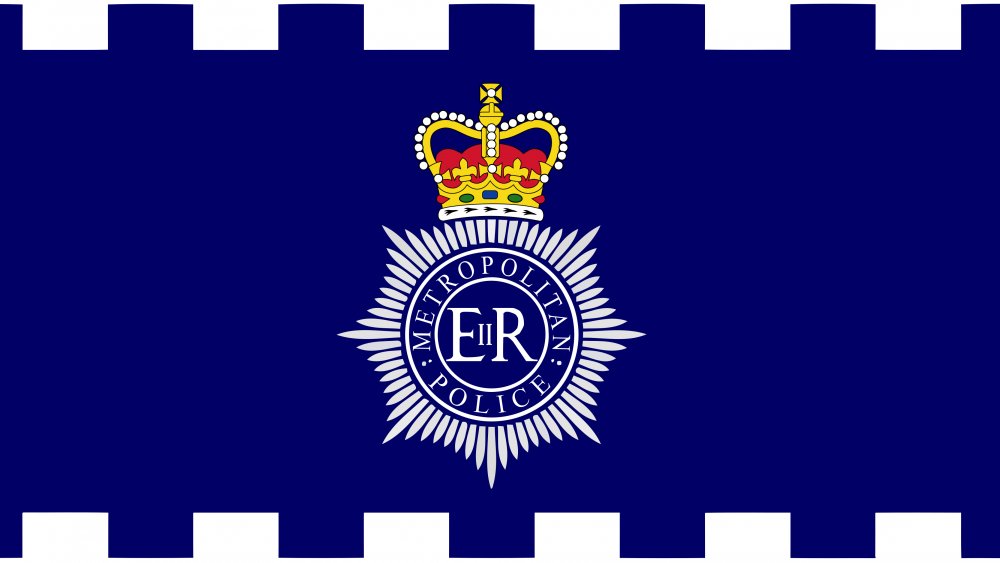The True Story Of The First Police Department
While they seem ubiquitous now, police departments are a relatively modern invention. The police as we know them did not really come into being until after the passage of the Metropolitan Police Act in England in 1829.
Prior to 1829, law and order was upheld in England by a series of elected, unpaid parish constables. They would occasionally receive help from the military for large-scale crimes, or from "Thief Takers," unofficial police-for-hire who rounded up criminals in exchange for a reward, according to Historic UK. Fed up with the current system, another independently-run group of crime fighters called the Bow Street Runners was founded by the novelist Henry Fielding in 1749. They were a paid, professional police force that specialized in not just apprehending criminals, but in preventing crime, and they are often considered the first detective force.
This hodgepodge mix of separate law enforcement groups was disorganized, however, and lacked any central control. By the early 19th century, this disjointed method had become too inefficient to effectively deal with industrial London's growing population and rising crime rate, and the public was becoming increasingly concerned for their safety. Although the citizens were wary of implementing a full-time military policing operation, many people felt that officials had to do more to improve law enforcement.
The new Metropolitan Police force
The Metropolitan Police Act was introduced by the Home Secretary, Robert Peel, in 1822, but it did not receive Parliamentary approval until 1829, per the UK Parliament. The passage was not without controversy. Despite the need for increased policing, some people felt that the government was overstepping its bounds by getting involved in law enforcement, which they believed should be a local matter.
Following the passage of the act, the new Metropolitan Police force was established as a paid, organized agency whose members reported directly to Peel. In an effort to quell fears that a large, central police force would control and repress the local population, Peel instituted a civilian force whose job was to serve the public directly. To avoid any confusion with the military, Peel chose the color blue for the police uniform, which set them apart from the scarlet uniforms of the army, and the first policemen were not armed, according to The Open University.
To meet the requirements to join the force, an individual simply had to be a fit man under the age of 35. These young men were tasked with patrolling London and a surrounding radius of up to seven miles out from the center of the city. The new Metropolitan Police began their first patrols on September 29, 1829, and by the end of the century, their numbers had grown to almost 16,000 men, per History.

